Category: articles
-
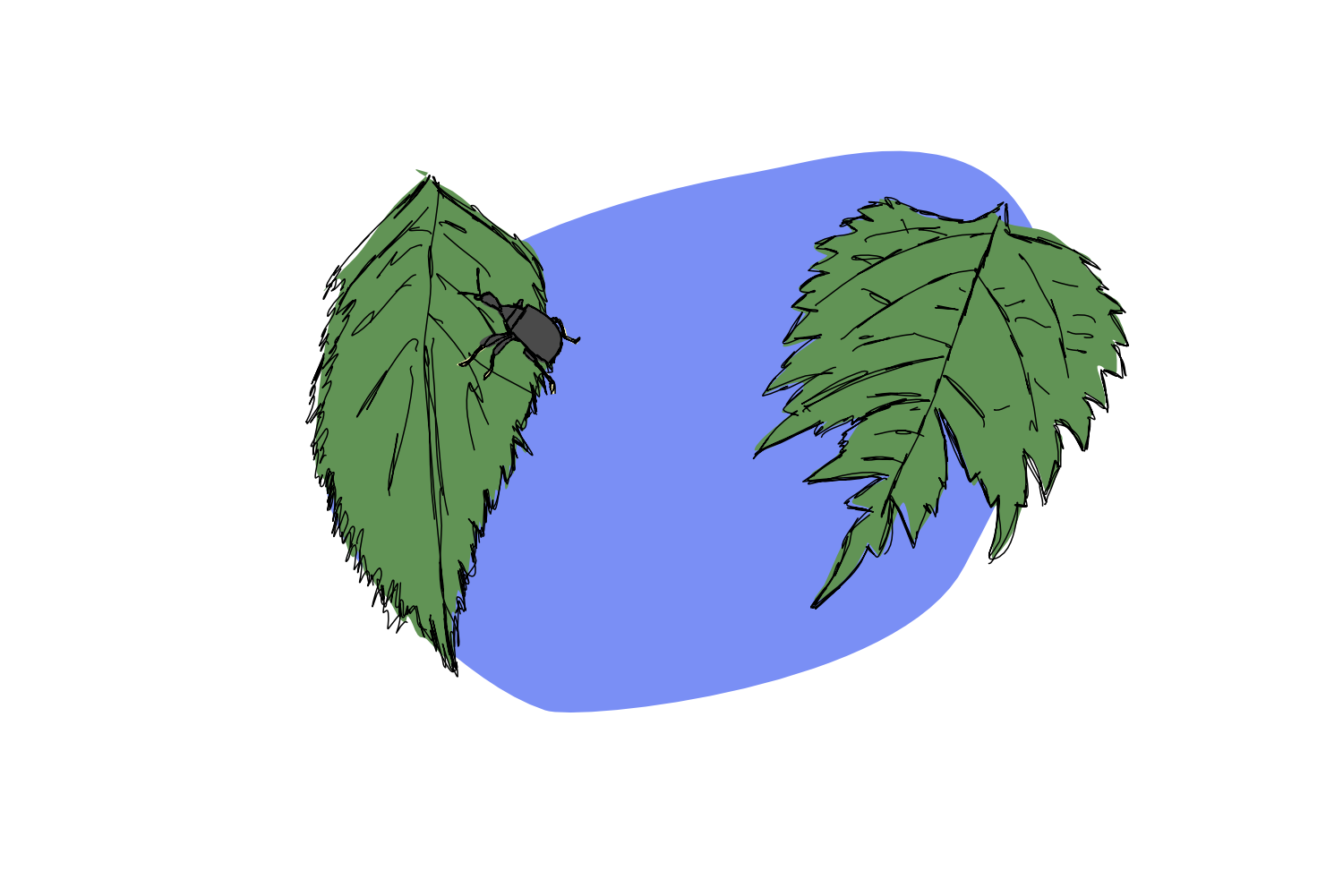
How the Leaf got its Shape
Leaves begin their lives as a tiny rounded ‘peg’- an outgrowth of a cluster of just a few cells. Yet as they grow, they develop not only in size, but also in shape. The result: a huge and beautiful diversity of foliage structures, with differences seen from species to species, within a single plant as it ages, or in response to the surrounding environment.
So why exactly do leaves look like they do?
It all comes down to light, water, wind warmth..… Read more
-
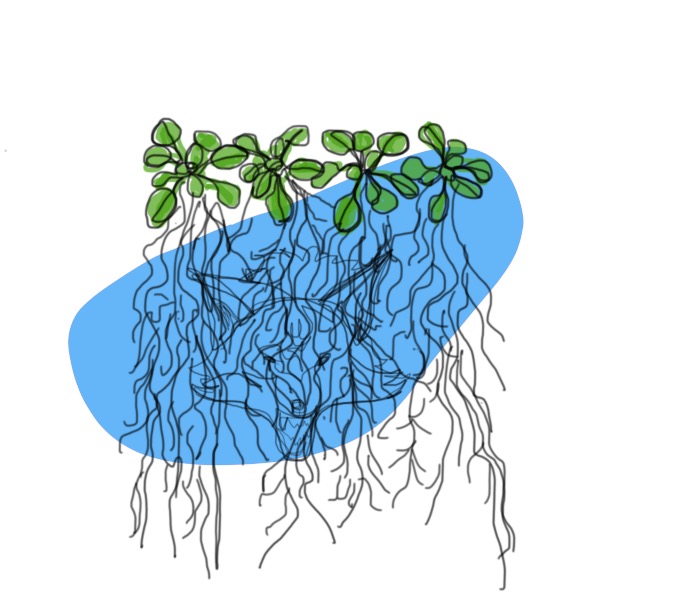
Werewolf roots
This werewolf didn’t come into being like the werewolves of other stories do. There wasn’t a bite, a fever, or rapidly sprouting knuckle-hairs. There wasn’t a dark night or a full moon or the howling call of the wild.
But there were scientists. And there may have been some mutagenic substances.… Read more
-
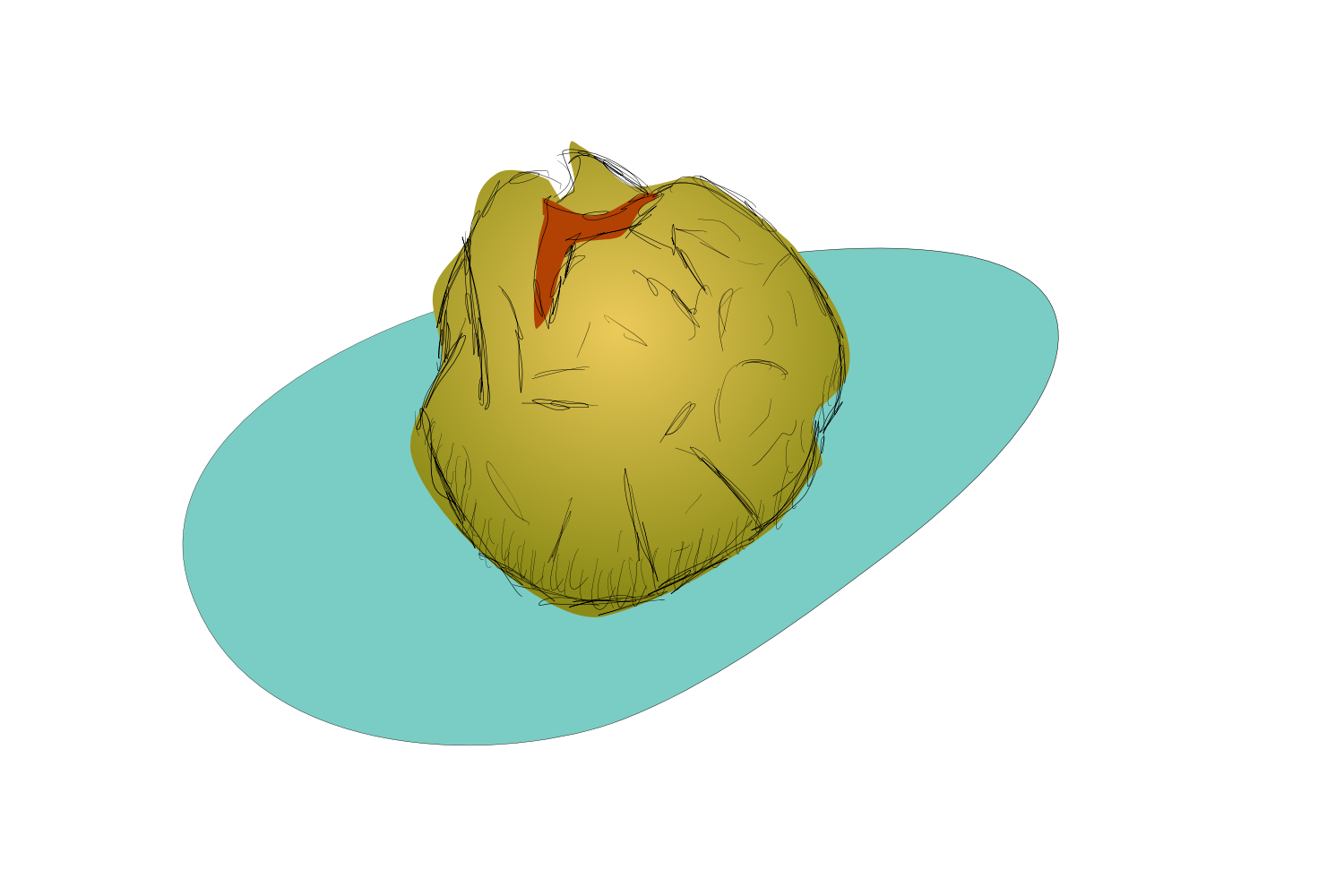
A house that plants built
-
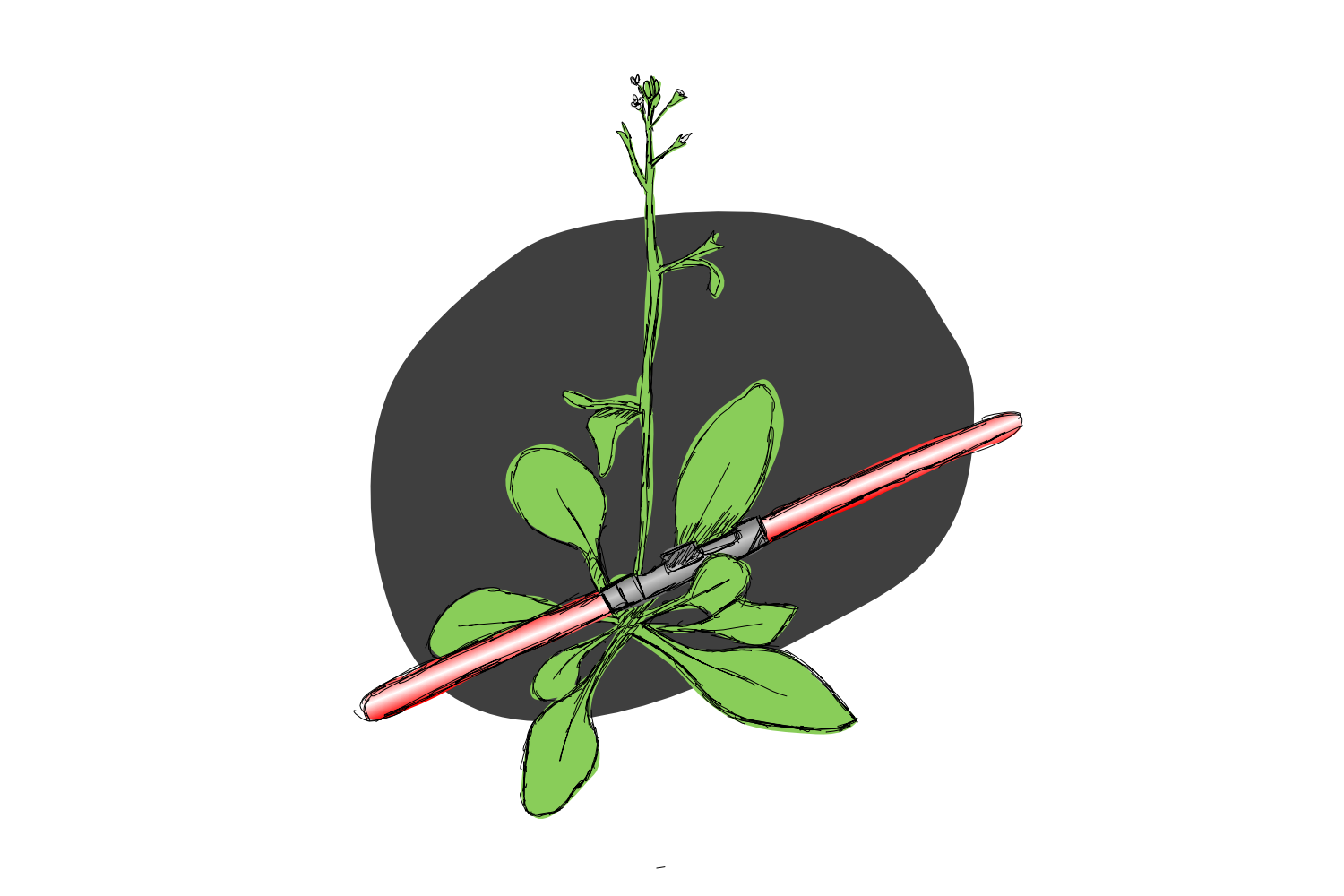
Promoting defence from all sides
These promoters are pretty much the genetic version of Darth Maul’s double sided light saber.
Today we’re talking about bidirectional promoters, another amazing feature invented by nature, and now ready to be used by scientists in the quest to understand and manipulate plants!… Read more
-
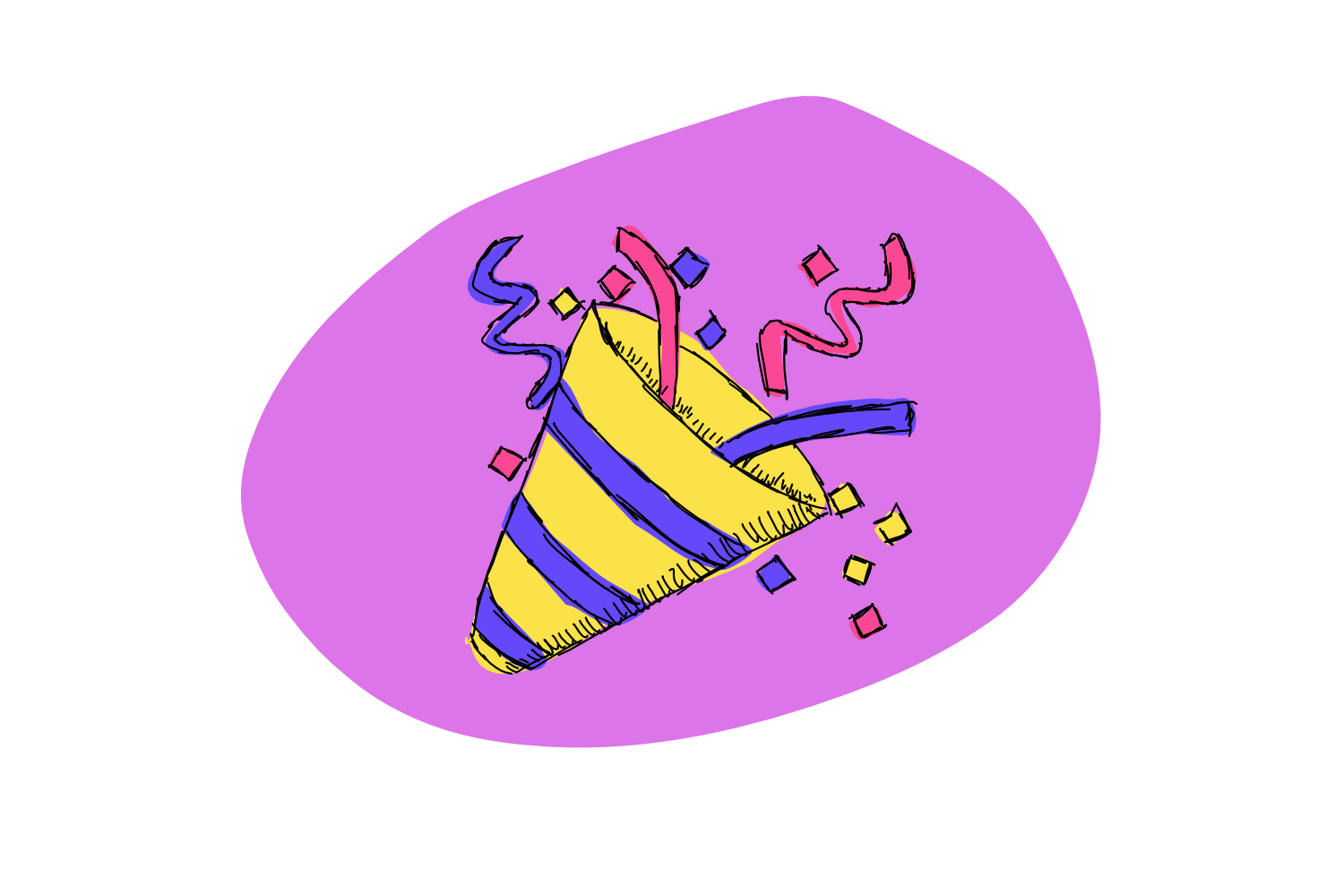
1000 is a very big number!
Today, in celebration of hitting a major milestone of 1000 followers on social media, we thought we’d look at another special thousand: the 1kp project. … Read more
-
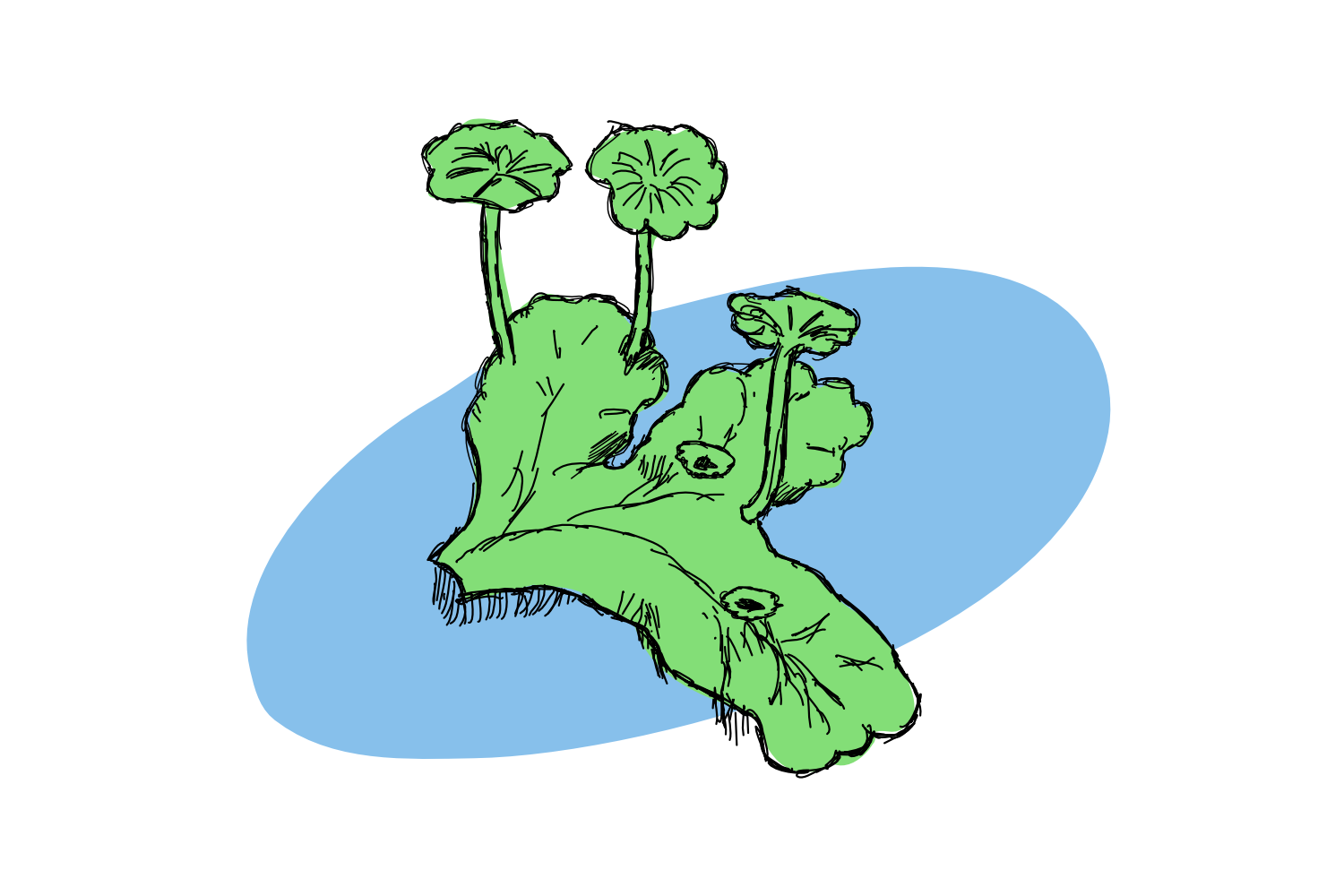
There’s no such thing as Mar-Can’t-ia
If you were as much of a plant-loving biology nerd as I was, you might still have some vague memories of plant classification systems rattling around from high school times. You known, the kind stuff that clusters with ‘useful’ memories of songs you learnt in grade three about environmentalism, the school motto, and your locker combination.… Read more
-
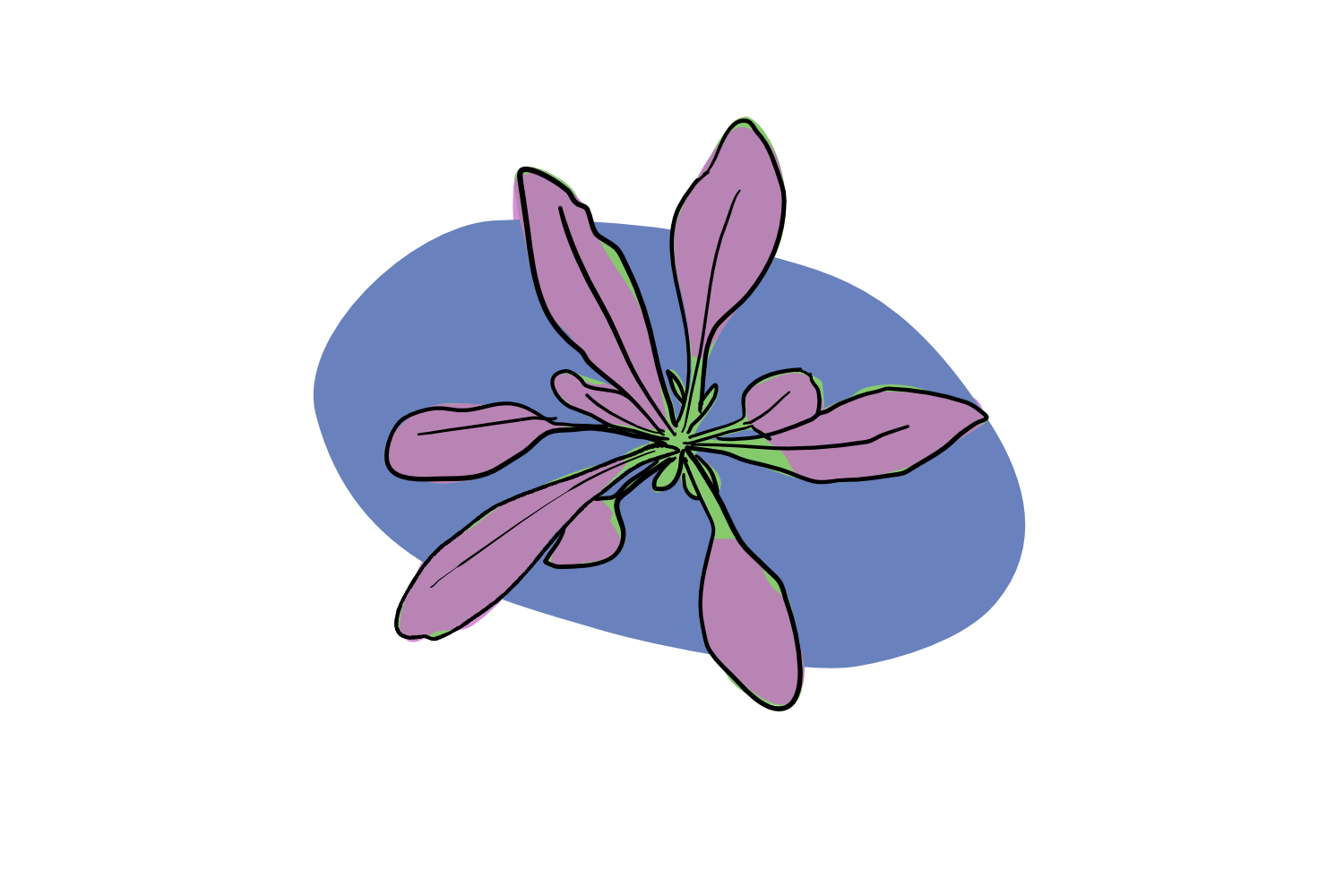
Boy hormones make Plants Pink
Today, bucking the bizarre cultural trend of colour coding our children in blue for boys and pink for girls, we bring you a story about boy hormones that make plants blush pink. … Read more
-
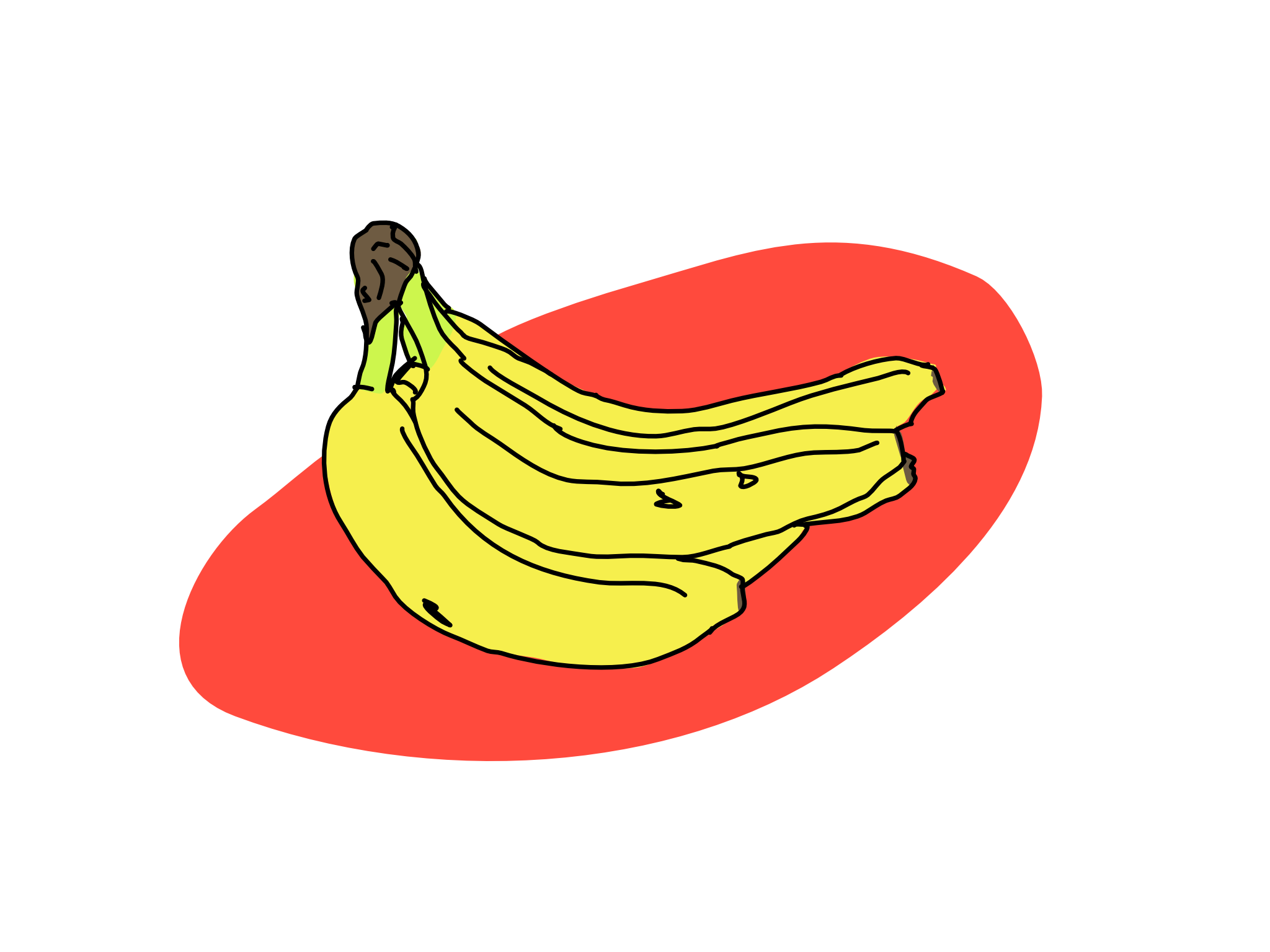
Banana-nana-no?
Living in a globalised world certainly has its perks – goods and people travel around the globe, and more and more people have access to things deemed unobtainable 100 years ago. But travelling the world with those goods and people are less desirable things, including pathogens. Now, a fungus made its way onto the South American continent, threatening to wipe out the local banana production. So, how bad is it?… Read more
-
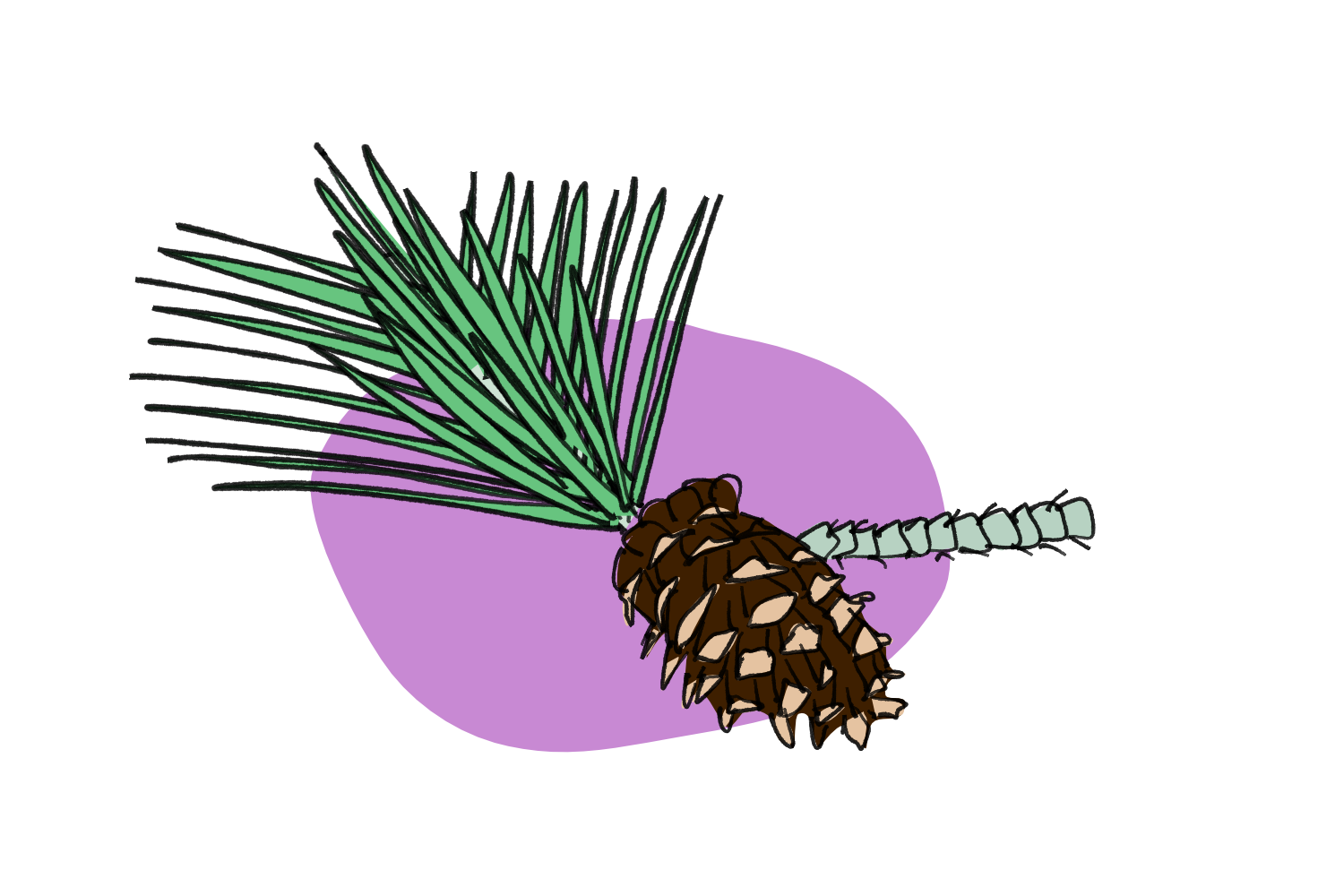
The thin tree line between life and death
If you’re as bad a plant parent as me, you’ve probably been in the position of coming home from a long summer vacation and being faced with crispy plants and the big question: is it worth watering your plants and hoping for their recovery, or should you immediately chuck everything in the bin and start from scratch?… Read more
-
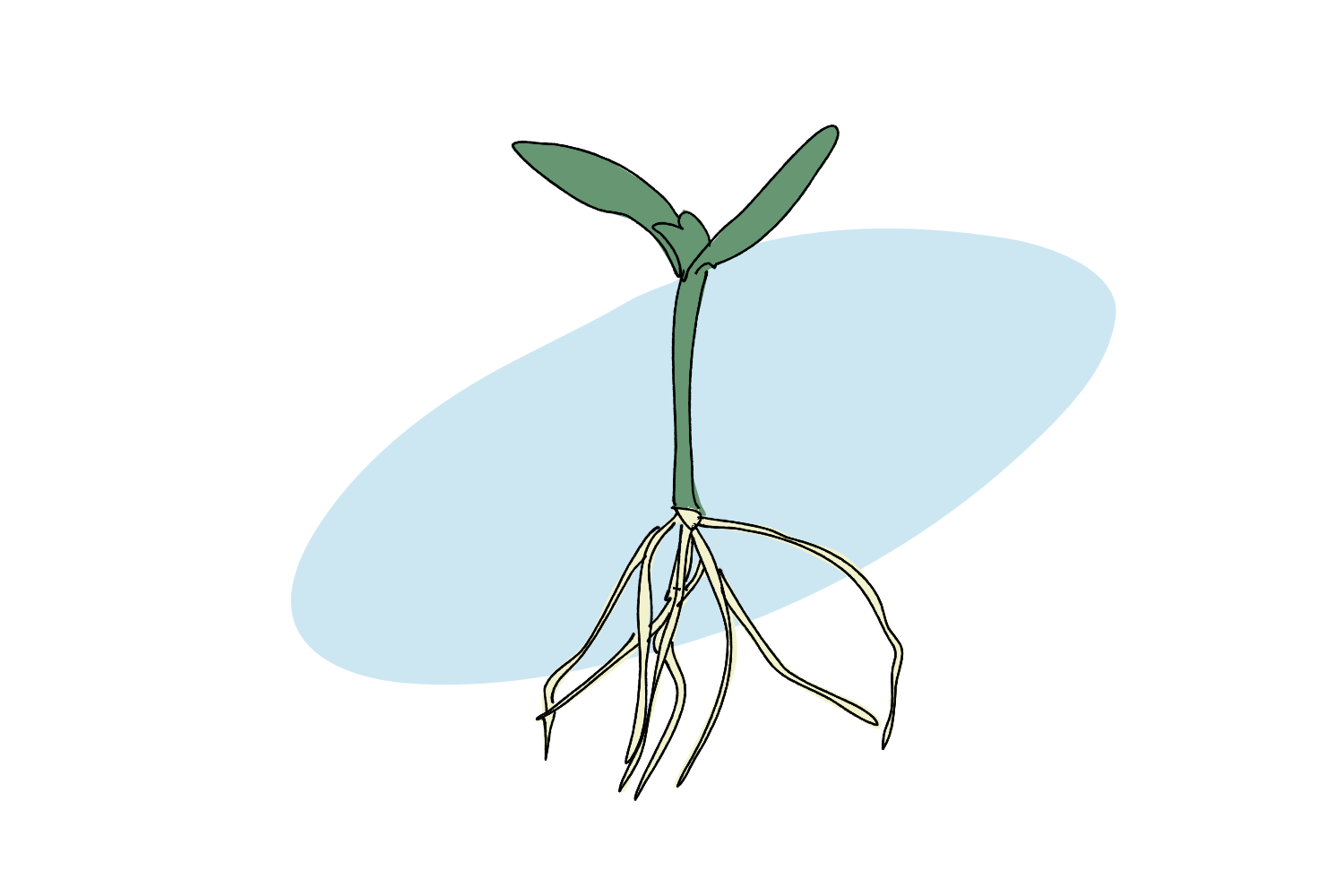
See-through Soil
Observing plant growth relies in many ways on actually being able to see the plant parts you’re interested in. The aerial tissue, the bits growing above ground, are easy enough to view. It’s no issue to count leaves or fruit, describe the colour of a flower, or studiously note the branching architecture of the stems. But when it comes to the roots- those underground organs that have such an important role in defining the water and nutrients available to the organism, it gets a bit trickier.… Read more